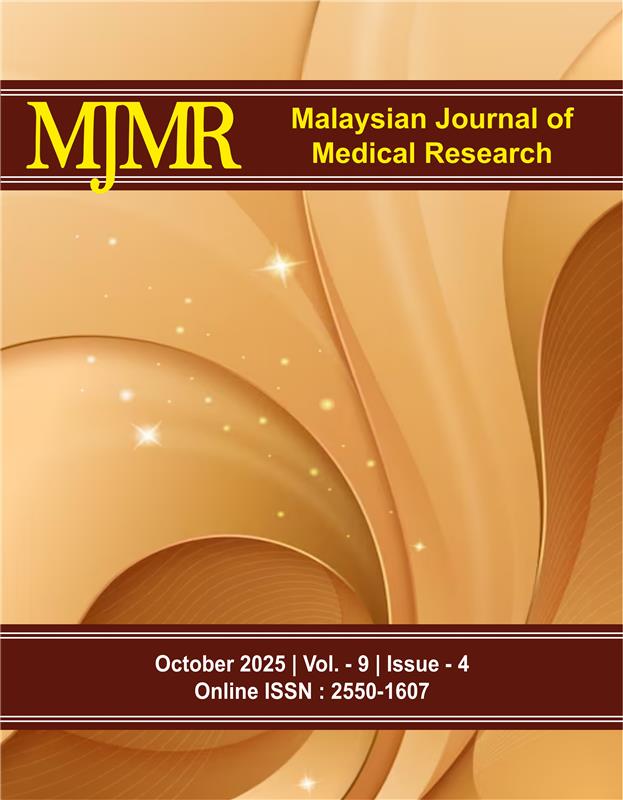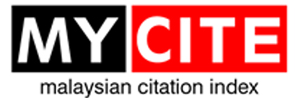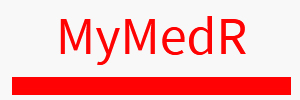To Compare the Clinical Efficacy and Safety of 20% Mandelic Acid Peel Versus 20% Arginine Peel in the Treatment of Peri-Orbital Hyperpigmentation - A Prospective Randomised Controlled Trial
DOI:
https://doi.org/10.31674/mjmr.2025.v09i04.004Abstract
Background: Periorbital hyperpigmentation (POH) is a very common, yet unexplored aesthetic condition. Topical therapy is mainstay of treatment which includes chemical peels. Objective: To compare the clinical efficacy and safety of 20% Mandelic acid peel versus 20% Arginine peel in the treatment of constitutional type of peri-orbital hyperpigmentation. Method: 24 patients of constitutional POH were enrolled for 12 weeks. They were divided into two groups of 12 each. In 1st group 20% Arginine peel and 2nd group 20% Mandelic peel sessions were performed at 3 weekly intervals. Clinical improvement was assessed objectively using POH grading, physician's and patient's global assessment, and patient's global tolerance. Results: Significant improvement in periorbital hyperpigmentation was noted in both the groups. Physician’s and patient's global assessment was excellent with mandelic peel as compared to arginine peel. The incidence of side effects in the form of erythema and itching was maximum with mandelic peel and least with Arginine peel, which did not necessitate cessation of therapy. Conclusion: Mandelic peel showed the better results among the two peels; however, Arginine peel emerged as a safe and effective modality for the treatment of POH.
Keywords:
Arginine Peel, Chemical Peeling, Mandelic Peel, Periorbital HyperpigmentationDownloads
References
Badran, A. Y., Abd Elazim, N. E., Yousef, A. R., & Mekkawy, M. M. (2025). Platelet-rich plasma injections in periorbital hyperpigmentation in skin phototypes III and IV: Strengthening the assessment of treatment outcomes. Dermatologic Surgery, 51(1), 61–66. https://doi.org/10.1097/DSS.0000000000004372
Brady, R. T., & Shah-Desai, S. (2025). Clinical efficacy of a novel topical formulation on periorbital dark circles: An objective analysis. Journal of Cosmetic Dermatology, 24(7), e70326. https://doi.org/10.1111/jocd.70326
Cymbalista, N. C., Garcia, R., & Bechara, S. J. (2012). Classificação etiopatogênica de olheiras e preenchimento com ácido hialurônico: descrição de uma nova técnica utilizando cânula [Etiopathogenic classification of dark circles and hyaluronic acid filling: description of a new technique using a cannula]. Surgical & Cosmetic Dermatology, 4(4), 315-321. https://www.redalyc.org/pdf/2655/265525264003.pdf
Dayal, S., Kalra, K. D., & Sahu, P. (2020). Comparative study of efficacy and safety of 45% mandelic acid versus 30% salicylic acid peels in mild-to-moderate acne vulgaris. Journal of Cosmetic Dermatology, 19(2), 393–399. https://doi.org/10.1111/jocd.13168
Dayal, S., Sahu, P., Jain, V. K., & Khetri, S. (2016). Clinical efficacy and safety of 20% glycolic peel, 15% lactic peel, and topical 20% vitamin C in constitutional type of periorbital melanosis: a comparative study. Journal of cosmetic dermatology, 15(4), 367–373. https://doi.org/10.1111/jocd.12255
Goyal, S., Brar, B. K., Kumar, S., Boparai, A., Hundal, S., & Mehta, A. (2025). Comparative evaluation of therapeutic efficacy and safety of 90% lactic acid peel versus 40% pyruvic acid peel in epidermal melasma. Indian Dermatology Online Journal, 16(4), 564–570. https://doi.org/10.4103/idoj.idoj_452_24
Hang, X., & Lim, D. S. (2025). A Novel Peel to Prevent Post‐Inflammatory Hyperpigmentation After CO2 Resurfacing for Acne Scars. Journal of Cosmetic Dermatology, 24(8), e70366. https://doi.org/10.1111/jocd.70366
Heidari, F., Ghiasi, N., Moradi, M., & Safari, S. (2025). The frequency of periorbital hyperpigmentation risk factors. Journal of Cosmetic Dermatology, 24(S1), e70036. https://doi.org/10.1111/jocd.70036
Khunger, N., & IADVL Task Force (2008). Standard guidelines of care for chemical peels. Indian journal of Dermatology, Venereology and Leprology, 74, S5–S12. https://ijdvl.com/standard-guidelines-of-care-for-chemical-peels/
Nouveau, S., Agrawal, D., Kohli, M., Bernerd, F., Misra, N., & Nayak, C. S. (2016). Skin hyperpigmentation in Indian population: Insights and best practice. Indian journal of dermatology, 61(5), 487-495. https://doi.org/10.4103/0019-5154.190103
Raka, A., & Brahmbhatt, V. U. (2019). Comparative study of efficacy of glycolic acid (50%) peel and lactic acid (92%) peel in the treatment of melasma. International Journal of Research in Dermatology, 5(2), 370-375. https://doi.org/10.18203/issn.2455-4529.IntJResDermatol20191764
Rangarajaiah, A. C. (2023). 40% lactic acid peel versus 40% mandelic acid peel in periorbital melanosis: Side effects. International Journal of Life Sciences, Biotechnology and Pharma Research, 12(3), 1422–1425. https://www.ijlbpr.com/uploadfiles/276vol12issue3pp1422-1425.20230904080337.pdf
Roberts, W. E. (2014). Periorbital hyperpigmentation: Review of etiology, medical evaluation, and aesthetic treatment. Journal of Drugs in Dermatology, 13(4), 472–482. http://europepmc.org/article/med/24719068
Roh, M. R., & Chung, K. Y. (2009). Infraorbital dark circles: definition, causes, and treatment options. Dermatologic surgery, 35(8), 1163-1171. https://doi.org/10.1111/j.1524-4725.2009.01213.x
Sheth, P. B., Shah, H. A., & Dave, J. N. (2014). Periorbital hyperpigmentation: a study of its prevalence, common causative factors and its association with personal habits and other disorders. Indian journal of dermatology, 59(2), 151–157. https://doi.org/10.4103/0019-5154.127675
Sidiq, M., Gopalan, K., & Kandasamy, M. (2019). A comparative study of efficacy and tolerability of 30% salicylic acid versus 20% salicylic acid + 10% mandelic acid peel for acne vulgaris. Journal of the Pakistan Association of Dermatologists, 29(2), 188–195. https://www.jpad.com.pk/index.php/jpad/article/view/1281
Soleymani, T., Lanoue, J., & Rahman, Z. (2018). A Practical Approach to Chemical Peels: A Review of Fundamentals and Step-by-step Algorithmic Protocol for Treatment. The Journal of clinical and aesthetic dermatology, 11(8), 21–28.
Vavouli, C., Katsambas, A., Gregoriou, S., Teodor, A., Salavastru, C., Alexandru, A., & Kontochristopoulos, G. (2013). Chemical peeling with trichloroacetic acid and lactic acid for infraorbital dark circles. Journal of Cosmetic Dermatology, 12(3), 204–209. https://doi.org/10.1111/jocd.12044
Weissler, J. M., Carney, M. J., Carreras Tartak, J. A., Bensimon, R. H., & Percec, I. (2017). The evolution of chemical peeling and modern-day applications. Plastic and Reconstructive Surgery, 140(5), 920–929. https://doi.org/10.1097/PRS.0000000000003787
Published
How to Cite
Issue
Section
License
Copyright (c) 2025 Malaysian Journal of Medical Research (MJMR)

This work is licensed under a Creative Commons Attribution-NonCommercial-NoDerivatives 4.0 International License.























